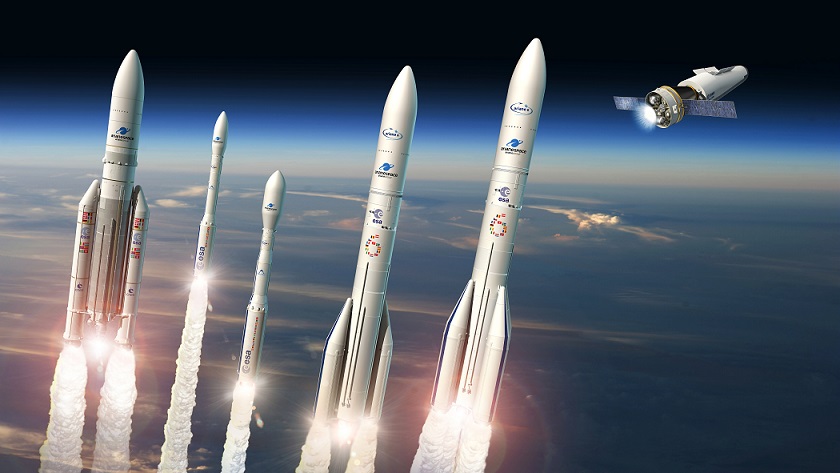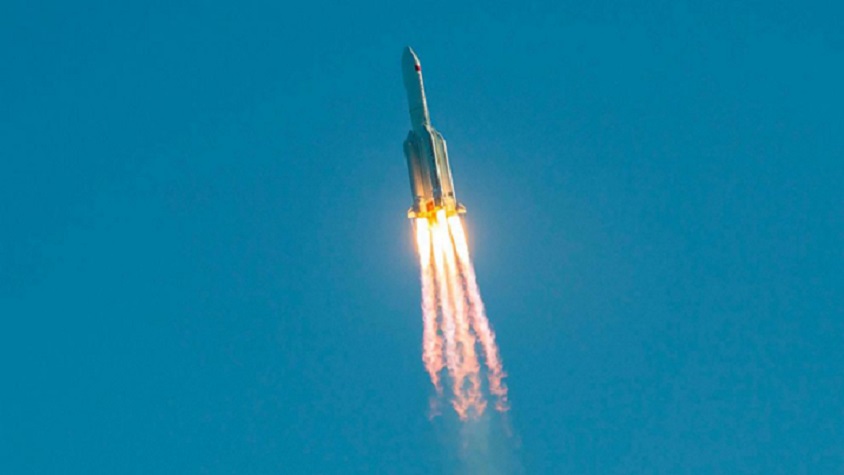Tungsten Copper Alloy for Rocket Throat Lining

Tungsten Copper Alloy for Rocket Throat Lining
Tungsten copper alloy is an alloy composed of tungsten and copper, which has the advantages of both copper and tungsten. Thanks to their excellent properties, tungsten copper alloys are widely used in aerospace, aviation, electronics, electric power, metallurgy, machinery, sports equipment, and other industries. In this article, let's take a look at the tungsten copper alloy for rocket throat lining.

Tungsten Copper Alloy for Rocket Throat Lining
The reason why the rocket throat lining uses tungsten copper alloy as the key production material is that it can withstand higher working temperatures and mechanical shock.
A solid rocket motor is a chemical rocket motor that uses solid propellant, which is composed of grain, combustion chamber, nozzle assembly, and ignition device. The rocket engine nozzle is a convergence-diffusion nozzle. It is composed of an inlet section, a throat, and an outlet cone. Its function is to convert the thermal energy of the combustion products into the kinetic energy of the high-speed jet to generate thrust. The expansion ratio, that is, the area ratio between the throat and the nozzle, will directly affect the performance of the engine.
Unlike liquid engines, which use cooling nozzles, solid engines use ablative nozzles. The inner wall of the nozzle is coated with ablative materials, which absorb heat through the ablation and evaporation of the material to prevent the nozzle from overheating and burning. The lining part in the entire nozzle also needs to withstand very high temperatures and pressure.
However, whether it is a solid or liquid engine, the choice of rocket throat lining material is particularly important. Because tungsten copper alloy is a metal sweating material, it has become the preferred material for modern throat linings.
The alloy is developed based on the principle that tungsten and copper phases do not dissolve and wet each other. It can be prepared by powder metallurgy, using tungsten powder as a raw material to make a porous structure with a certain strength and strict requirements on relative density and open porosity. Then with the help of capillary force, the copper is penetrated into the porous tungsten framework to form a two-phase composite structure material.
When the engine is working, the copper that penetrates into the tungsten framework vaporizes and evaporates, absorbs heat, reduces the temperature of the throat lining, and plays a protective role. Due to the effect of infiltrating copper, the strength of the alloy is greatly increased, thereby improving thermal shock resistance and improving machinability.
Conclusion
Thank you for reading our article and we hope it can help you have a better understanding of the tungsten copper alloy for rocket throat lining. If you want to learn more about tungsten copper alloys or other refractory metals and alloys, we would like to advise you to visit Advanced Refractory Metals (ARM) for more information.
Headquartered in Lake Forest, California, USA, Advanced Refractory Metals (ARM) is a leading manufacturer & supplier of refractory metals & alloys across the world. It provides customers with high-quality refractory metals & alloys such as tungsten, molybdenum, tantalum, rhenium, titanium, and zirconium at a very competitive price.
{{item.content}}
LEVE A REPLY
{{item.children[0].content}}
{{item.content}}






